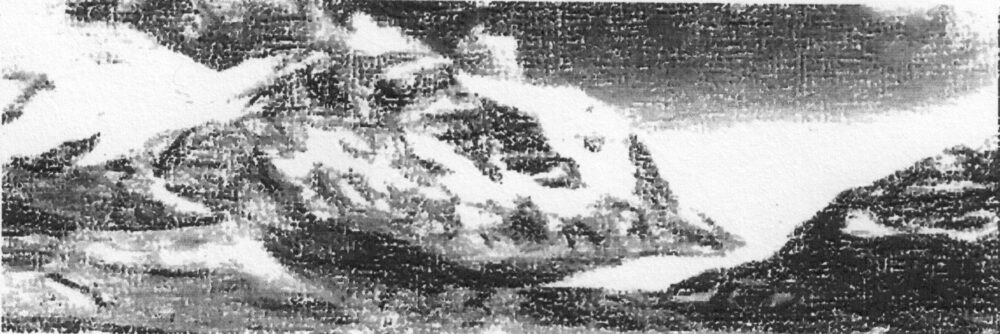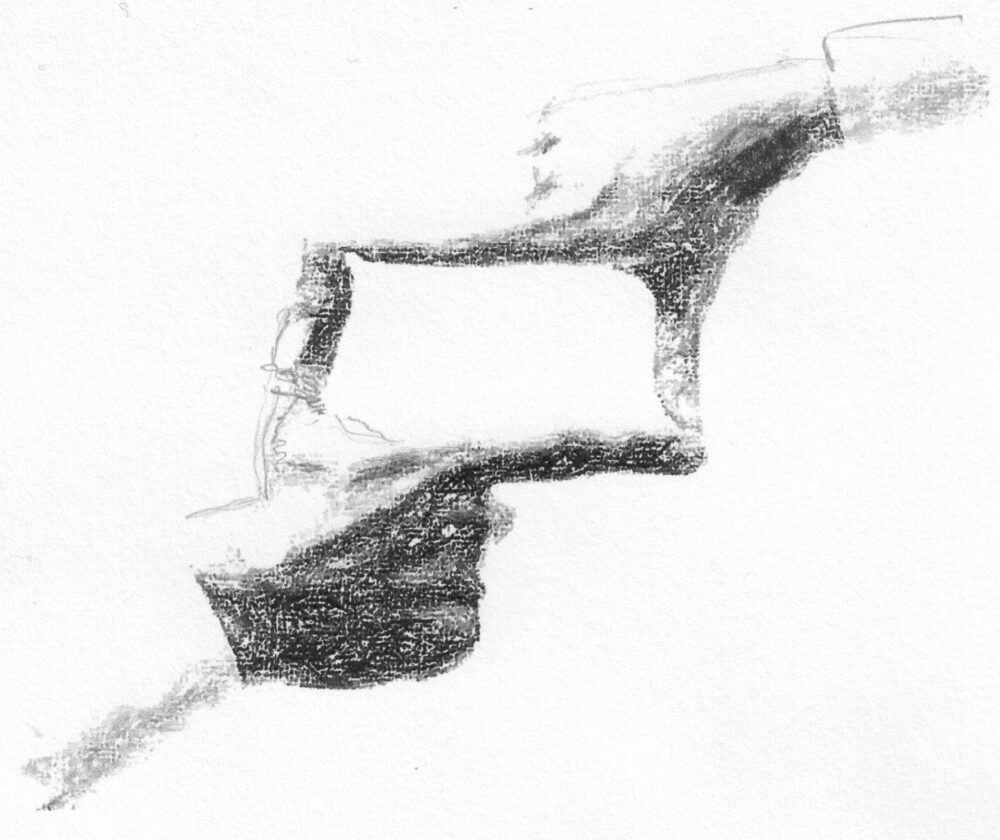
By Sue Watts
It was night as I stepped from Canada’s most odiferous outhouse into a world of wonder … a study in moody blues. The cliffs of the surrounding mountains were a deep indigo that contrasted with the sky’s lighter navy. Snow patches of remnant glaciers shone a still lighter navy while the mighty Athabascan glacier spilled its icy blue into a former parking lot. I was alone with the most spectacular part of the Canadian Rockies, listening to its silences and feeling the fresh cool air off of the glacier. Over the two days we traveled the Icefields Parkway, I took over 500 pictures, but the image that arises when I think of that place is those moments with the mountains. It’s the experience that remained, not the pictures.
I guess I was trained at an early age by my dad’s observation: “Leave the scenic wonders to the professionals and just soak up the moment.” I do admire those who can capture the special moment in beauty, but I could never wrap my head around all the calculations and fiddling required for good SLR images. In addition, if and when I did manage the settings, the moment would have passed. So I’ve gone back to my dad’s approach. Now, when I am perched in my favorite place, I often extend the experience by borrowing the functions of the many lenses and cameras available.
There’s the …
Quick Image Lens: Sit with your eyes closed for a couple of minutes (maybe listen to sounds and feel the air on your face). Quickly open and shut your eyes and focus on the image that you perceive.

Telephoto Lens: Make a rectangle with your hands and gaze at the images as you move the rectangle around and settle on a particularly satisfying image. Focus on the farthest object you can see.
Panorama Lens: Hold your hands upright at right angles to your face, then spread them apart until you can just barely see them. Soften your gaze so that it takes in the entire spread of what is before you.
Macro Lens: Look around your feet for the tiniest image you can find or try to focus as closely as you can on an object.
Black and White Mode: Look for darkening values by squinting your eyes. Find the lightest spot and mentally outline its shape. Look for a darker image, and then the darkest image you can find. It will new perspective into your consciousness.
Video Mode: Sit quietly, and look for movement. It may direct you to something you haven’t noticed before.
You can probably invent other ways to see what is before you, but these should start you to notice more closely that which is before you.
Focusing on different approaches to seeing will deepen your perspective.
If you enjoyed this blog, consider joining our new email group, called “Let’s Journal.” Members can share observations and Sue and Terry will provide hints about writing or drawing what you observe. Request to be added to the email list by emailing publicity@peecnature.org.
